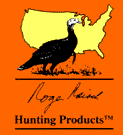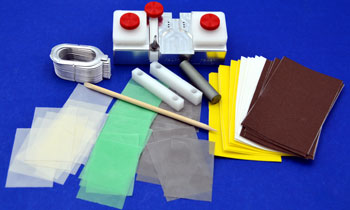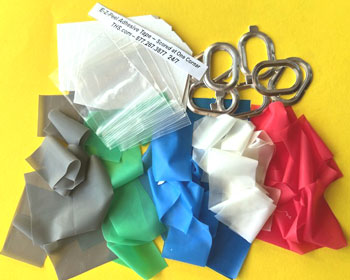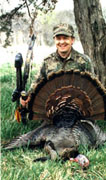Setting Up
Copyright © 1998 -
2024
Roger W. Raisch * Nadine Adele, all rights reserved
|
After a turkey
gobbles, deciding where to sit and call from can be the most critical decision you make.
Inexperienced hunters, and
some seasoned ones too, regularly sit in places turkeys just won't come to. Or, they
put themselves in places where they won't be able to see or shoot from if a turkey does
approach.
|
Always try to get as close
as possible to a gobbler without spooking him, no matter what time of day.
This will help you from having
a hen or another hunter cut in between you and the tom. 150 yards or less is
best...and sometimes you can get within 60 yards, especially if you know right where he is
and you can move within being heard and seen.
You're plenty close when his
gobble sounds low and guttural, like he's gobbling in a barrel.
|
Stay out of and away
from brush piles.
You may be able to stay well
hidden in them, but you can't see or shoot very well when you're concealed in one.
Also, you may not be able to maneuver your gun into shooting position easily if the tom
appears in a place you didn't expect.
Areas with heavy underbrush
are not good either. Gobblers prefer to travel through open areas when coming to a
call. I've watched plenty of them hang-up on the other side of thick brush.
|
For best success,
the SECRET is to pick an open
area.
A place where you and the
turkey can see for at least 50 yards. In this type of location, a bird can not
sneak up on you without being seen.
An area that is too open, such
as a small clump of trees in the middle of a field, can be too open, causing a tom to hang
up because he can see everything. He may not see what he's looking for....namely
hens.
In a very open set-up
like that, be sure to use a few Hen Decoys
for added realism. In this way, he may feel comfortable coming over
to investigate.
|
Try to get on the
same contour and ridge with the bird.
A gobbler that must cross an
obstacle, like a creek, fence, thick brush, or ravine to get to you, often hangs up on the
opposite side and refuses to come through.
If you encounter one of these
situations, and decide you can't get across the obstacle, set-up as close to the obstacle
as possible in the hopes of having the bird approach the obstacle within range.
|
Don't sit too close
to a deep ravine. Sit at least 40 yards away from the edge of the drop-off.
If you're too close, a bird
may be coming to your calls, and you won't know it or see him until he's right in your
face. Usually you will have had no idea he was coming and he'll spot you and retreat
before you can shoot.
|
Sit against a tree at
least as wide as your shoulders for protection, camouflage and comfort.
Face the direction you expect
the bird to approach from, with your left shoulder pointed in that direction (if you are a
right-handed shooter). In this way you have a wider swing with your gun in case he
doesn't appear where you expect him to.
|
Before you settle
in, cut any brush, branches, and roots that will interfere with your comfort and handling
of the gun.
A good pair of Pruning Shears will do the job
quickly and quietly. Last, sit on a Seat Cushion
for comfort.
|
Sit with your knees
drawn up and your gun ready in both hands.
Rest the gun on one of your
knees. Don't lay down---it's uncomfortable, fouls up your sight picture when a shot
presents itself, is noisy when shifting position, and restricts your vision.
|
When your gobbler finally
appears, don't shoot at him when he's strutting...it's a poor shot because his head and neck are screwed into an "S"
shape, restricting the size of the target.
Make a sharp cluck or
"alarm putt" with your mouth call, or clear your throat, and he'll come out of
strut and jerk his head up....take him in the head and neck now! But, don't make him
come out of strut like this unless you have the gun aimed at him and are ready to
shoot....otherwise he's gone and you lose. |
| |
t
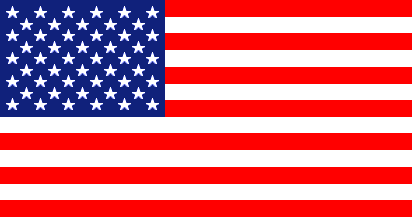
God Bless America
|
View
Cart & Check-Out
JANUARY
2026
877.267.3877
515.299.5388
24 / 7
WE answer
our
phones Personally!
|
|
